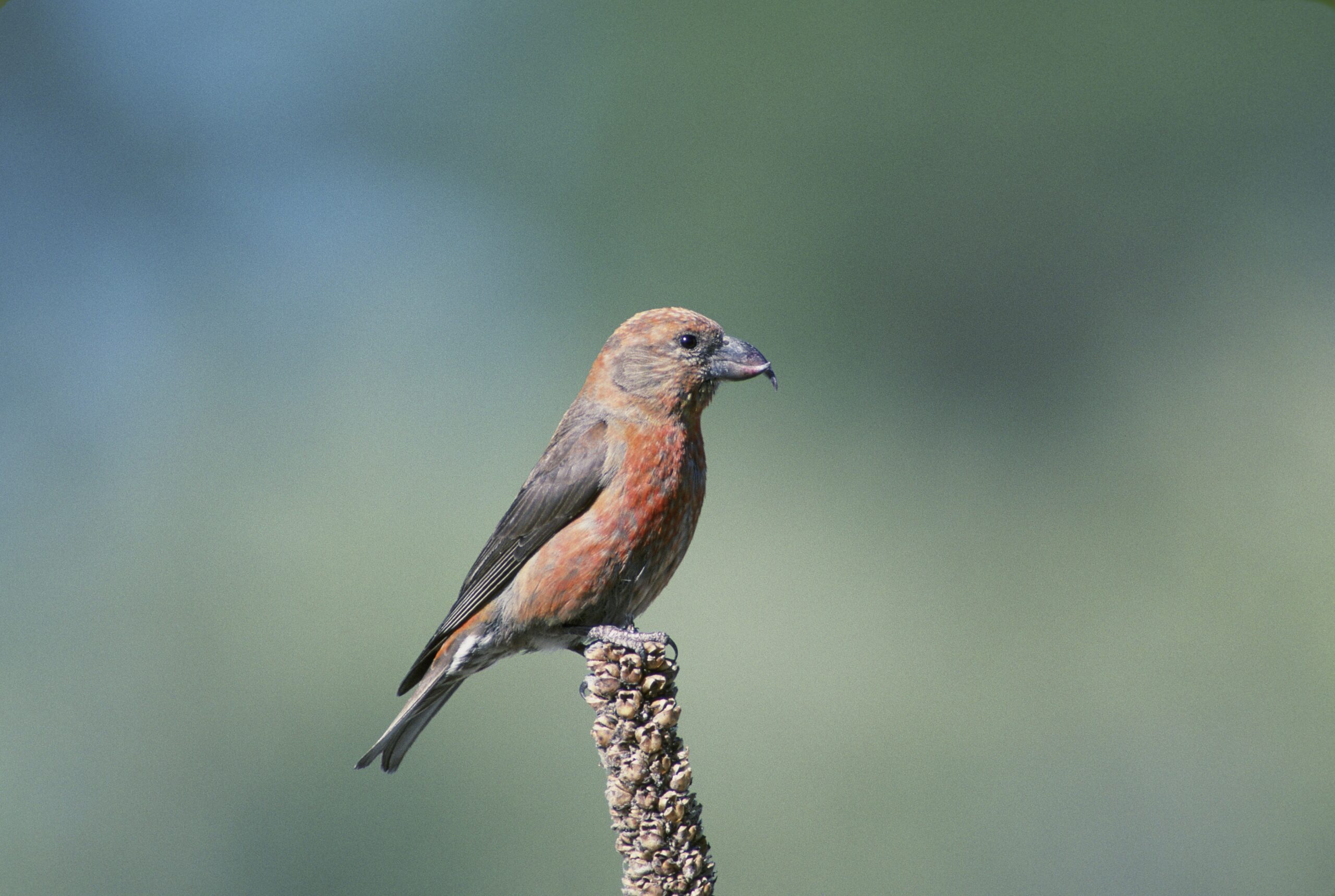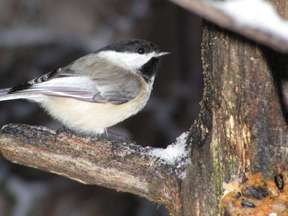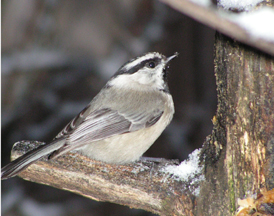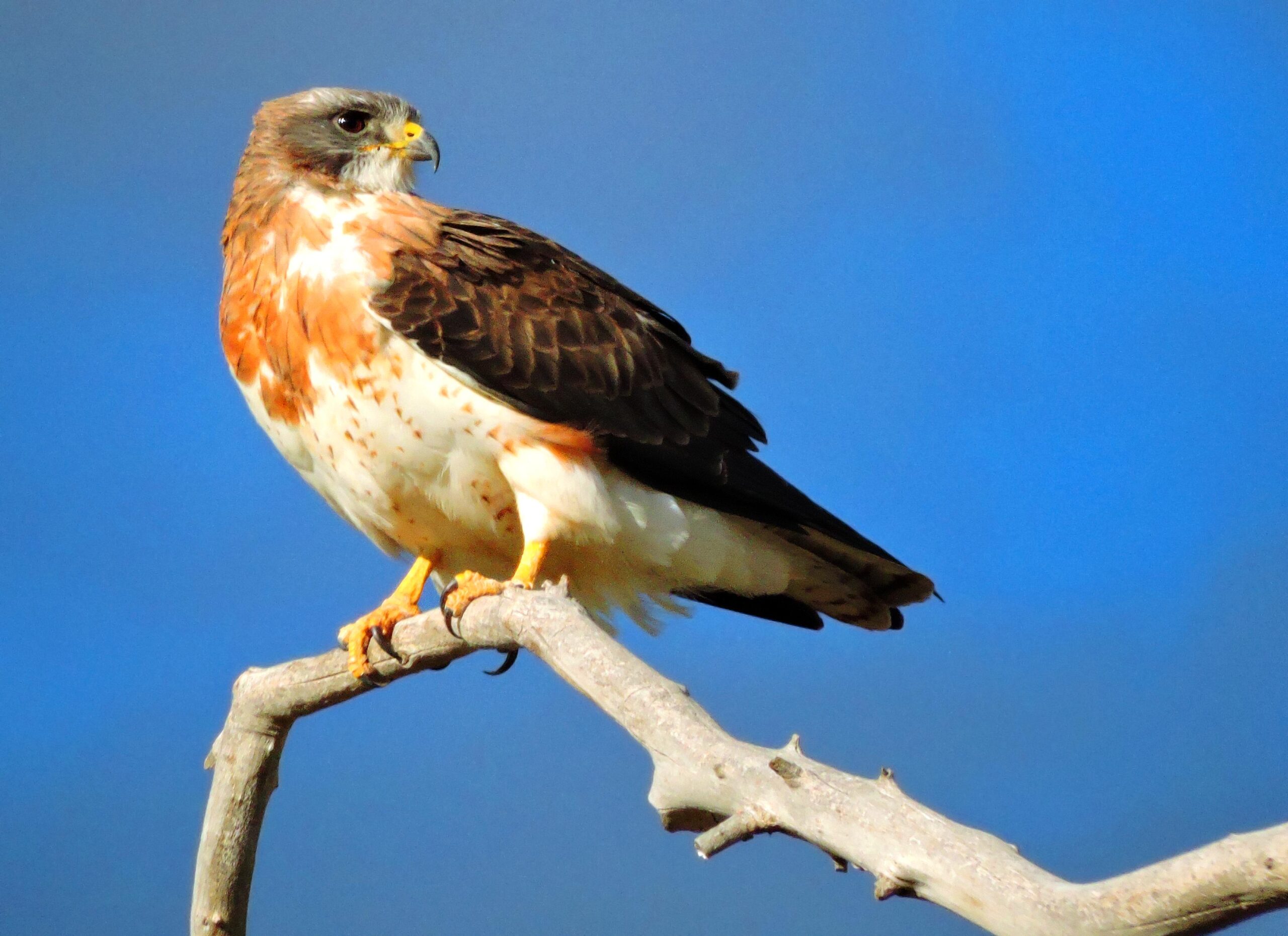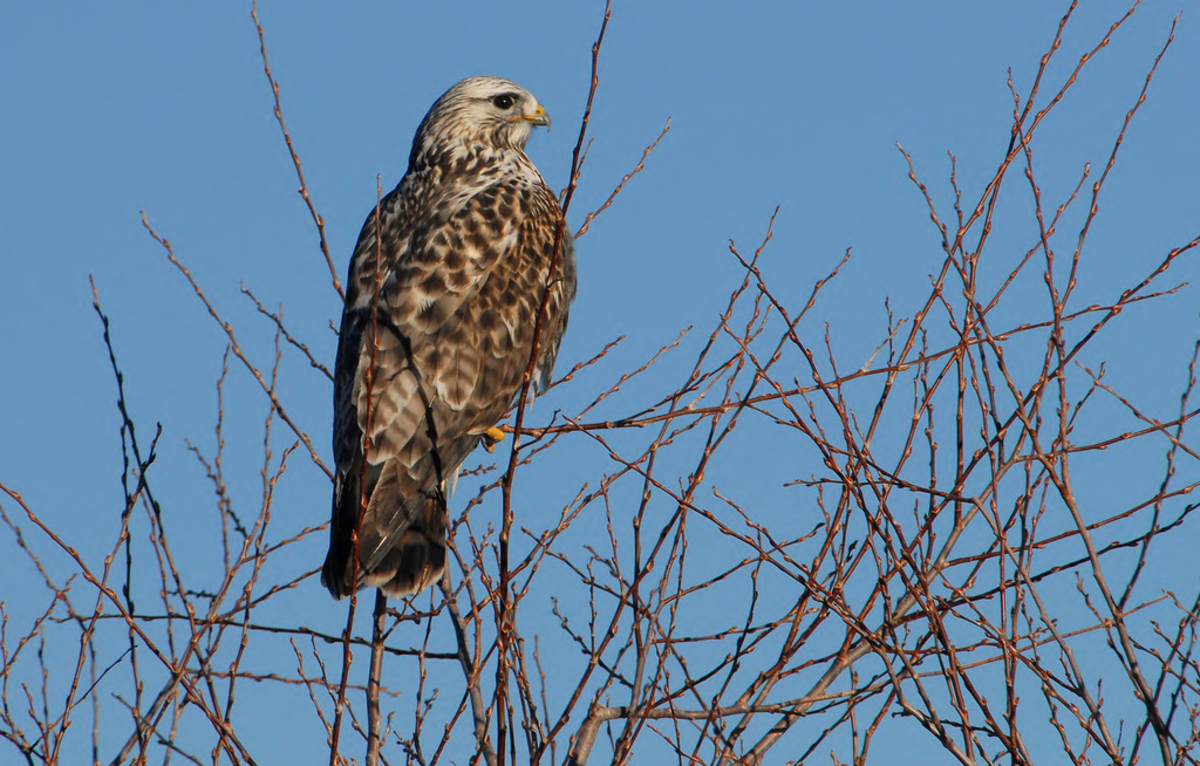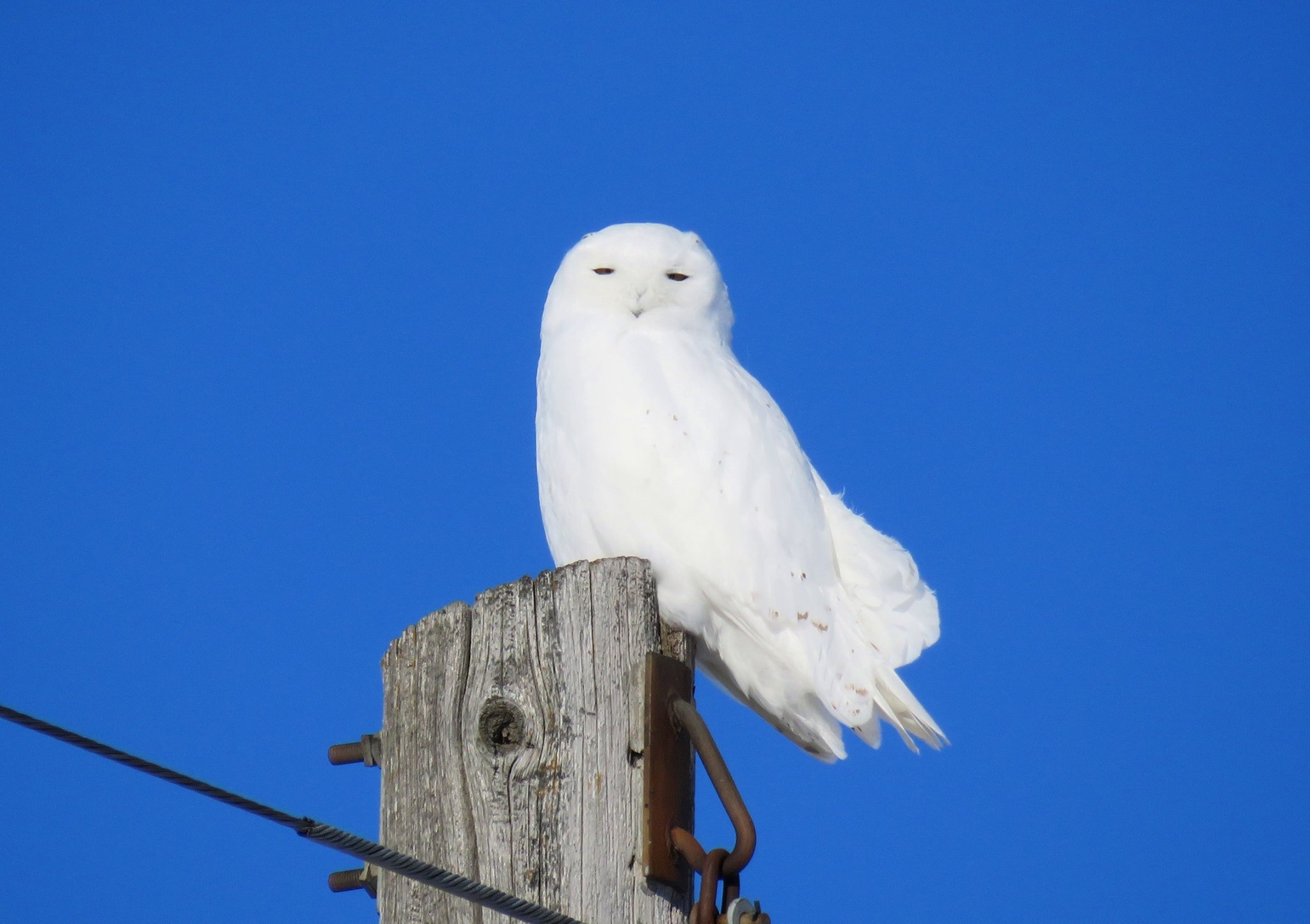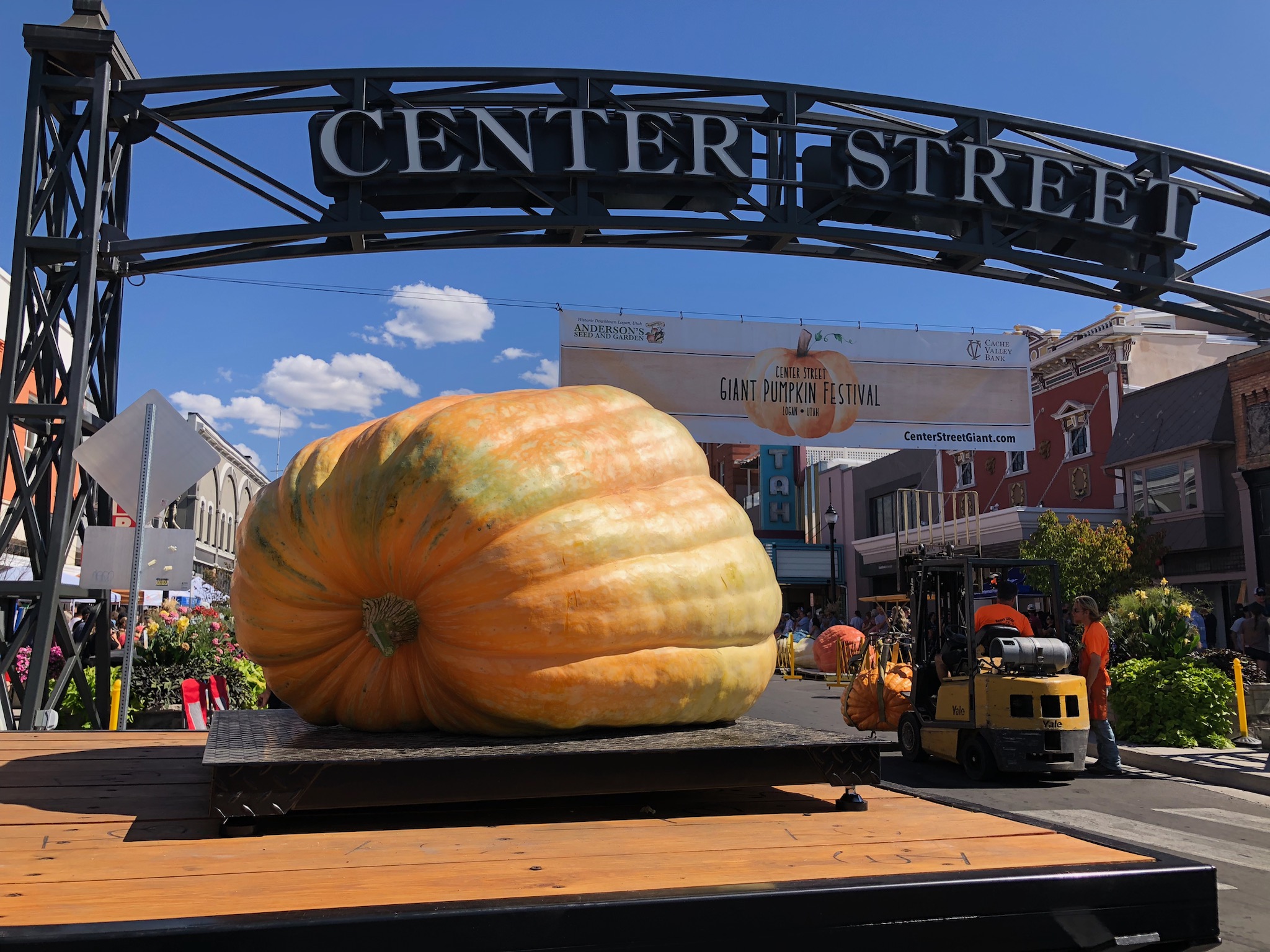
Courtesy & Copyright Mary Heers, Photographer
Lying in wait was a small motorboat. The woman in the front of the boat leaned way out over the bow and put her hands on the pumpkin.
“Got it!” she called. This was the cue for the man in the back of the boat to fire up the outboard motor. Together they pushed the giant pumpkin around the nearby pier and into a shallow holding area.
Here, three people in hip waders were waiting in the water. Two steadied the pumpkin while the third cut a big square hole out of the top of the pumpkin. The cut-out square was tossed aside and all three reached down into the pumpkin to pull out handfuls of seeds and stringy pulp.
This is how they turned the giant pumpkin into a boat.
By now Pumpkin #2 had been delivered, and the work continued.
It wasn’t long before the announcer called the youth racers to come forward. Three brave competitors under the age of seventeen stepped up. They each chose a pumpkin and climbed in. Someone handed each of them a kayak paddle and pointed to the start line. Just how unwieldy these boats were was immediately obvious as two veered off in opposite directions while the third turned round in circles. But with a little practice, the teens were able to get the “boats” going in a straight line –more or less.
By then some serious new competitors were beginning to gather on the pier in elaborate costumes – a long haired mermaid, an Indian with a feathered headdress, King Neptune with his trident.
The day’s Grand Finale would include all eight giant pumpkins in a hundred yard all out sprint for the golden pumpkin trophy and the title of Gourd’s Man of the Year. I didn’t get to see this race. I had to get back to Logan.
But I had gotten to see Logan’s Giant Pumpkin festival a few weeks earlier. Here, giant pumpkins lined both sides of Center Street. One by one they were brought to the stage and weighed on a giant scale. The last six all weighed over 1,000 pounds. The big winner that day weighed in at 1,917 pounds.
I went home that day with a packet of giant pumpkin seeds in my pocket. I was warned that they were hard to grow.
But why not give it a try?
This is Mary Heers and I’m Wild about all things bright and beautiful in Utah.
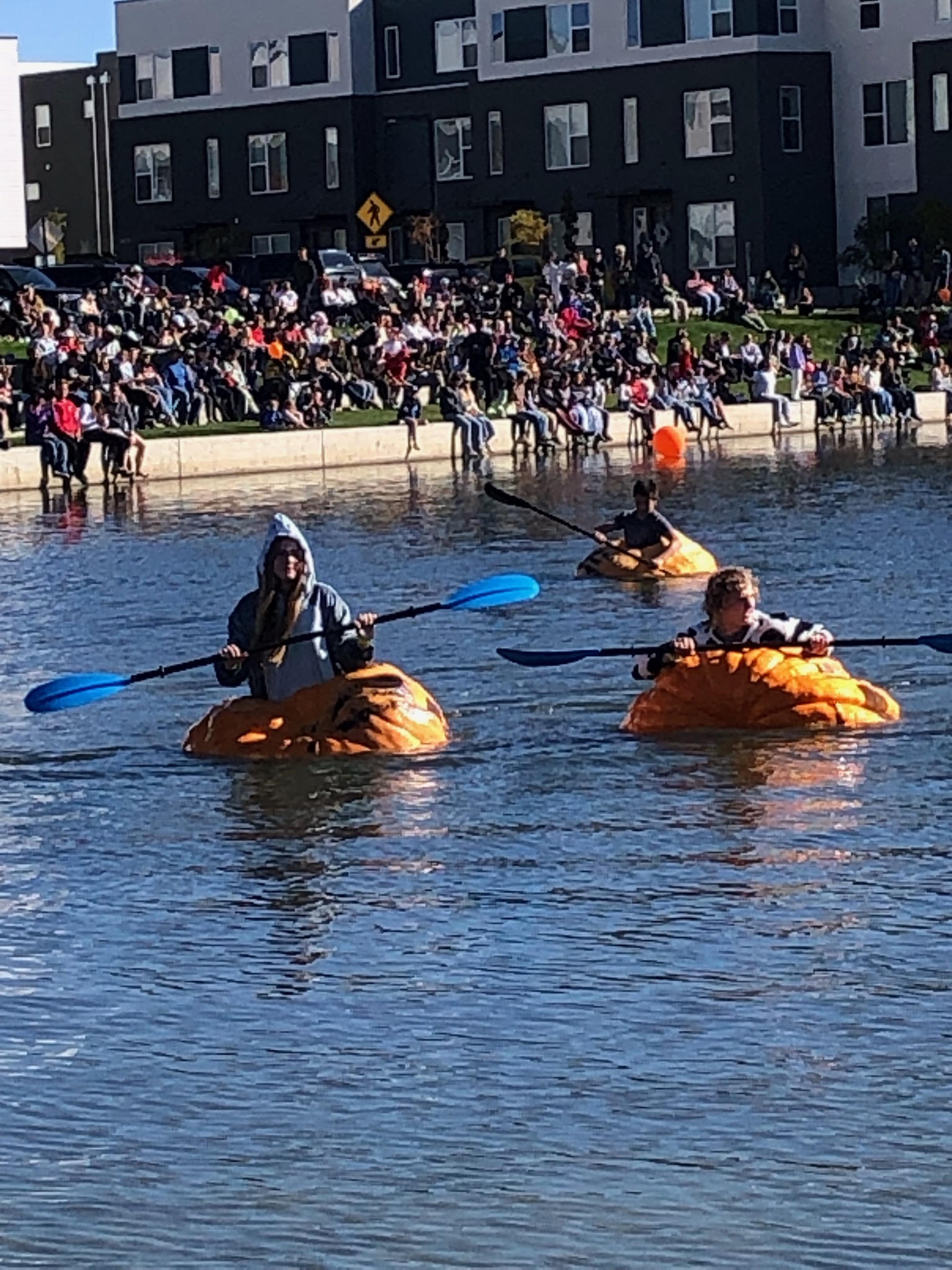
Courtesy & Copyright Mary Heers, Photographer
Credits:
Images Courtesy & Copyright Mary Heers, Photographer
Featured Audio: Vince Guaraldi’s Great Pumpkin Waltz, Courtesy & Copyright Concord/Craft Recordings https://craftrecordings.com/
Text: Mary Heers, https://cca.usu.edu/files/awards/art-and-mary-heers-citation.pdf
Additional Reading: Lyle Bingham, https://bridgerlandaudubon.org/
Additional Reading
Wild About Utah, Mary Heers’ Postings
Ginormous Pumpkin Regatta, LiveDAYBREAK, Daybreak Master Planned Community, https://www.mydaybreak.com/live_news_detail_T16_R550
Upcoming Events, Utah Giant Pumpkin Growers, https://www.utahpumpkingrowers.com/events.html
How Giant Pumpkins Grow so Big, The Associated Press, https://youtu.be/gRUNB3YA2FI Duration: 2:19 minutes

